- Good Chop Review: Is It Really Worth It? - November 20, 2021
- Rastelli’s Meat Review: Is It Right For You? - October 5, 2021
- Farm Foods Market Review: Is It Worth Your Money? - August 20, 2021
I’m one of those people that enjoy the outdoors. It’s fun to explore and get outside and enjoy the beauty of the world before us. One of the things I like to do outside is hunt. Please don’t misunderstand, everything my family kills we eat. We’re not wasteful, and we don’t hunt games for fun or trophies.
For the most part, we hunt pheasant or quail, but every once in a while, we’ll sit and wait for deer. I like it because it allows me to take part in nature and not just observe. I like the taste of wild game meat, which is why I wanted to take time and write a post about the different types of meat there are.
What is Game Meat?
Game meat is meat from an animal that is hunted for food or sport. These are animals found in the wild and can be either large or small game. However, you’ll typically only find game meat in certain types of animals and birds, like elk or duck. Some of the more common game meats you’re likely to find in the US include deer, duck, pheasant, elk, rabbit, and turkey.
Health Benefits of Game Meat
One of the great things about game meat is that it offers plenty of healthy benefits. When you head to the grocery store, you have to wade through labels that tout the beef is “Grass-fed” with “No antibiotics” and is completely “Organic.” With game meat, you don’t have to worry about deciphering these types of labels. You know exactly where the meat you’re eating came from the wild.
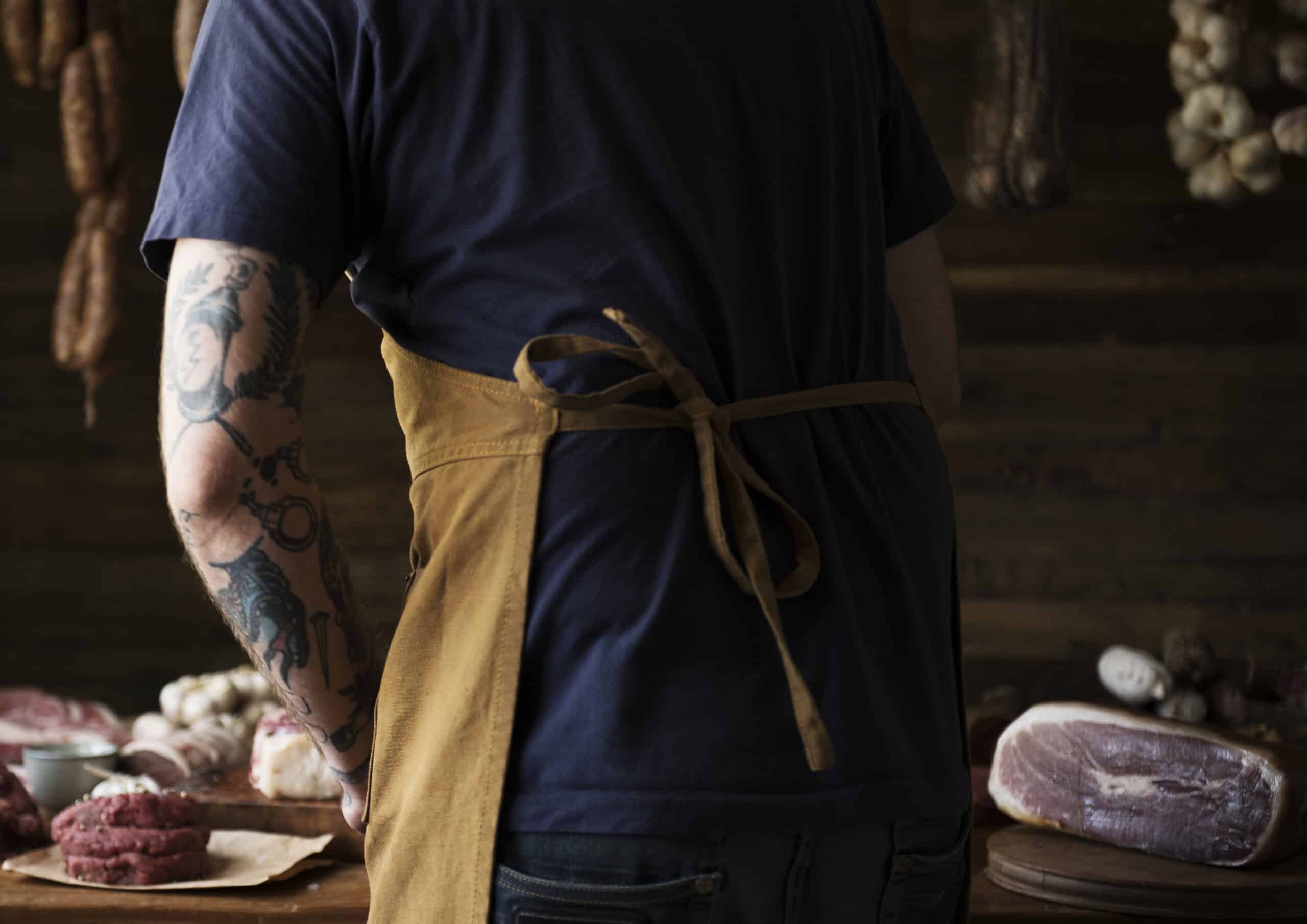
Let’s take a look at some of the health benefits the wild game has to offer.
It’s leaner than its farm-raised counterparts
Wild game meat is leaner because the animals are walking and running all day long. Plus, free-range food is not always food that is free to go wherever it wants. For example, a chicken that’s labeled ‘free-range’ could simply be a chicken that’s fed only organic food but raised in a barn with limited freedom. I don’t know about you, but that’s not my idea of ‘free-range.’
No antibiotics, hormones, or steroids in your food
There are growing concerns regarding antibiotics and steroids winding up in the food you purchase from the grocery store or your local butcher. Of course, this likely will not be a problem in your wild turkey leg or your elk steak. Plus, any game meat you eat will be hormone-free, grass-fed, and 100% organic.
Reduced risk of illness
Animals that are factory farmed are kept in poor conditions and deprived of their natural diet. They live in stressful, confined environments, which makes them susceptible to illnesses and diseases. When the animals are processed, they spread their disease throughout the entire plant. This is true for organic meat and conventional meat, although organic meat is typically kept in better conditions.
More than likely, any wild animal you eat is going to be healthy. Plus, if you use a small, locally-owned, clean, and reputable processing facility, you’re less likely to encounter an issue. With all that in mind, don’t forget to always handle and cook your meat properly, so you don’t have to worry about any foodborne diseases in your meal.
Cost
While I believe it’s important to eat ethically raised, organic, grass-fed meat, buying that type of meat can quickly put a dent in your wallet. Compare that to the cost of wild game meat, and you’ll be pleasantly surprised. Plus, if you call around to some of your local meat processing plants, you might find some leftovers from hunters who didn’t pick up their meat. You can typically get quality cuts for low prices.
Minimizing your environmental footprint
Aside from health benefits, eating wild game meats also helps to lower the toll you take on the environment significantly. Confined factory farming impacts the environment through the use of water pollution, soil pollution, air pollution, and many other pathogens and hormones that negatively affect nature. I know it may not be feasible to eat game meat 100% of the time, but you’re reducing your carbon footprint when you do.
Types of Game Meat
I could write a small book on the different types of game meats there are, but for the sake of brevity, I’m only going to focus on a handful. Here are some of the more popular game meats you’ll find on the market today.
Deer
One of the most popular game meats in the United States is deer. Hunters enjoy chasing them each fall and searching for antlers in the spring. Even if you’re not into hunting, there’s plenty to appreciate about these amazing animals. Regardless, there’s nothing quite like having a freezer full of venison to get you through the winter.
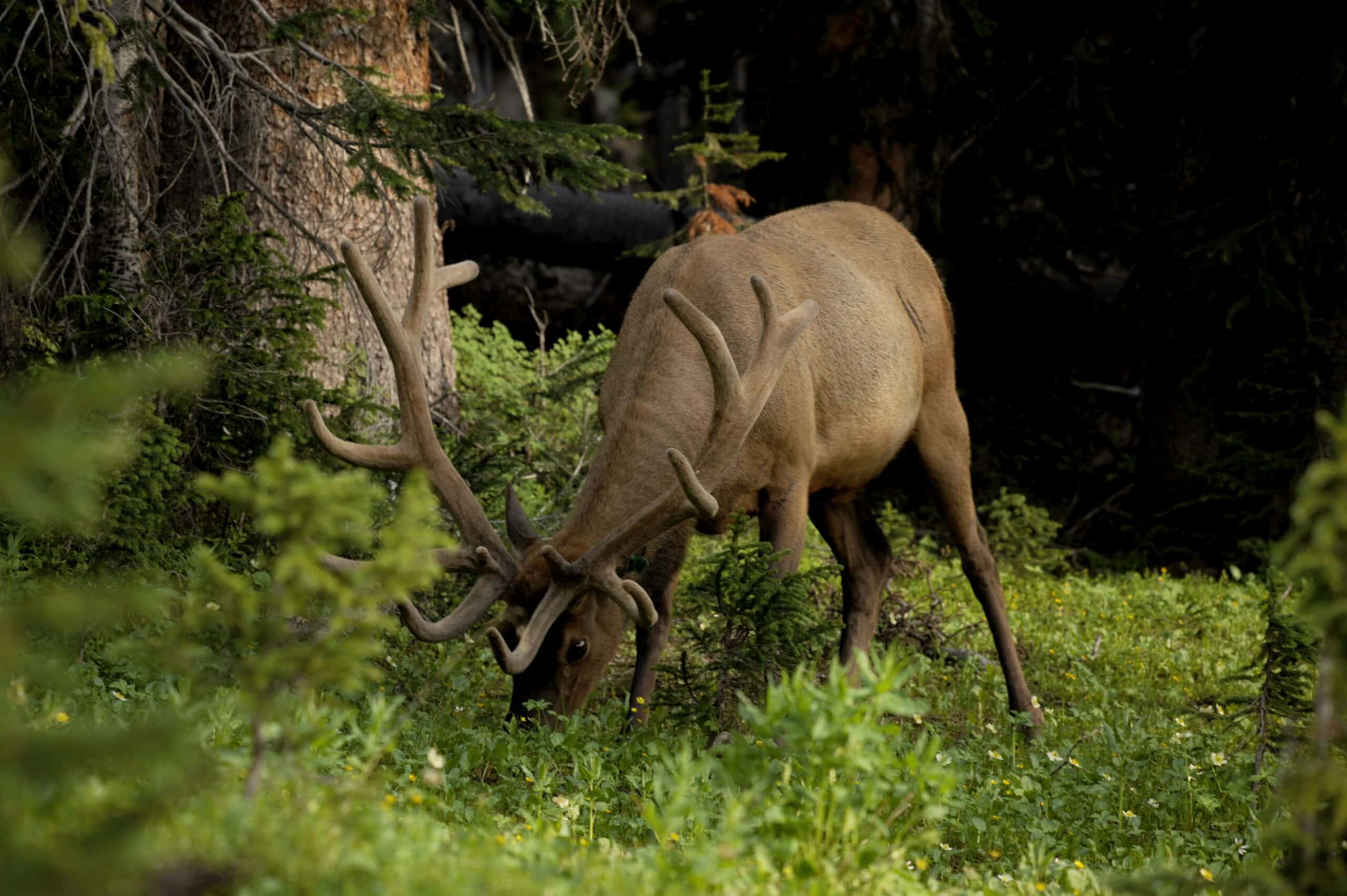
Health benefits of deer
There are plenty of reasons to enjoy deer meat, and many of them are because it’s just healthier for you. For example, deer meat has nearly five times less fat in it than the grain-fed beef you get from the grocery store. Additionally, the ratio of fatty acids you get is better than what you’ll find in store-bought beef.
Additionally, deer have more iron and protein than beef. It also contains plenty of B12, B6, Riboflavin, and Zinc. To put this into perspective, a 6 oz. deer steak can almost take care of half your daily recommended iron.
Cooking deer
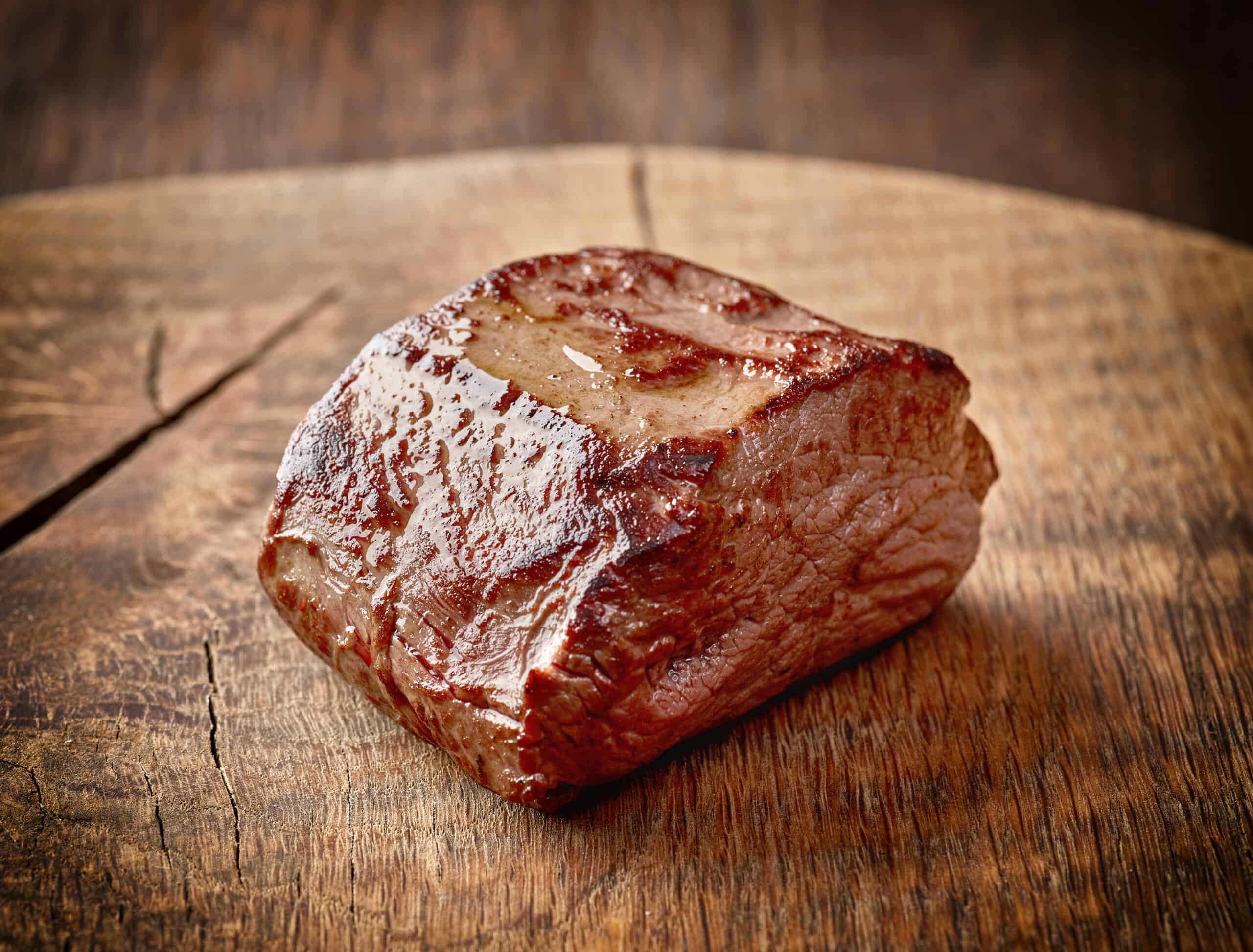
One of the most important things to remember when cooking deer is that the meat is very lean. Don’t overcook it. You’ll want to serve your deer steaks medium-rare, so they don’t get too tough or dry. Additionally, it helps to let your deer meat age properly. Doing so allows your steak to become more tender. Before you cook your meat, let it warm up to at least room temperature. It will make a significant difference in your meat cooks and tastes.
Once you’re cooked your venison, let it sit out for about 10 minutes before serving it. Doing so enables the juice to soak back into the meat, making it tender and delicious. Remember to use a paper towel and dry your deer meat as much as possible before throwing it on the grill, so it doesn’t get too tough. Too much moisture typically causes your meat to overcook.
Elk
Another popular type of game meat in the venison department is elk. While not as common and easy to find as deer, elk are often described as having a taste that’s similar to beef. It’s also considered by many to be cleaner and a little sweeter than deer. If you like deer but want to try something a little more adventurous, I would suggest giving elk a try.
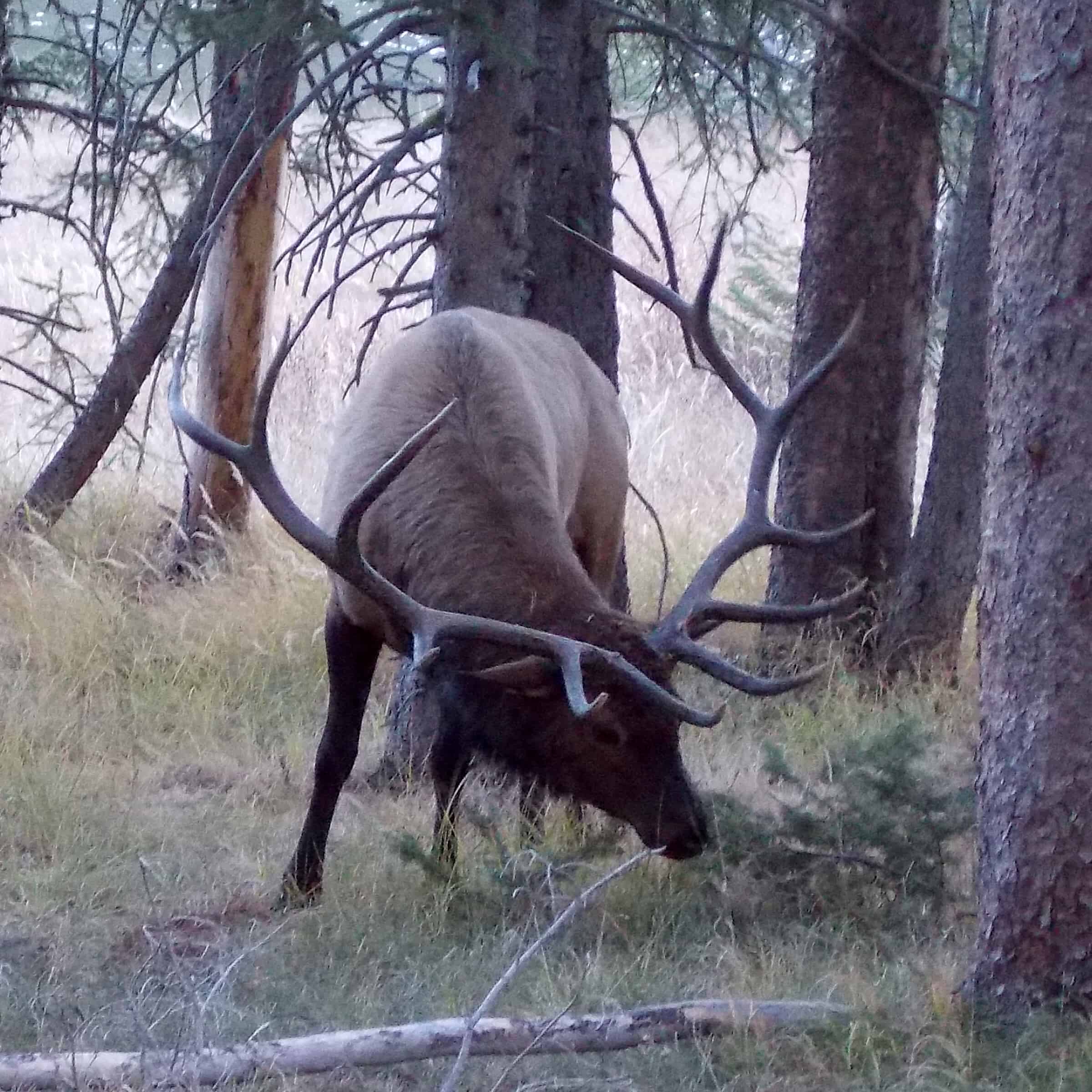
Health benefits of elk
Similar to deer, elk has much less fat than your typical cut of beef. As a matter of fact, a three-ounce helping of elk only has two grams of fat. By comparison, the same serving of beef has 13 grams of fat. Plus, you’ll get more protein more serving from elk than any cut of beef.
If you’re looking for meat-rich in Iron, then you might try elk. It also has plenty of Niacin, Riboflavin, and Vitamin B. Additionally, elk contains plenty of Zinc, which is an excellent mineral that helps with your immune system. A small serving of elk has nearly half your daily recommendation of Zinc, so eat up!
Cooking elk
Since elk is so lean, you want to be sure you only cook your steaks to medium-rare. If you’re grilling burgers, you’ll want to remove them once they’re nice and pink in the middle. When you take your elk off the grill, let it rest for about 10 minutes before you serve it. Doing so allows the meat to absorb and distribute its juice, which makes it nice and tender.
If you happen to be serving your elk to someone who prefers well-done steaks (the audacity!), lightly marinade the meat before you cook it. This keeps the meat tender while you’re cooking it and adds a little flavor as well. It also helps to use kosher salt on the meat as it helps absorb some of the blood in the meat, giving it a more flavorful taste.
Don’t forget to age your meat before you throw it on the grill. At the very least, let it sit out for 30 minutes before cooking it. If you decide to pan-sear or grill your elk steaks, dab the meat dry beforehand. This keeps any excess blood or juice from speeding up the cooking process. If this happens, your steak winds up being tough and dry.
Antelope
Sticking with the four-legged theme, let’s turn to antelope. This iconic animal located in the Western region of the United States is often referred to as “speed goat.” However, many people claim that this mountainous animal is one of the best wild game meats they’ve ever tasted. While the meat itself can be tough, it can be a delicious meal for everyone f you take the time to properly prepare antelope.
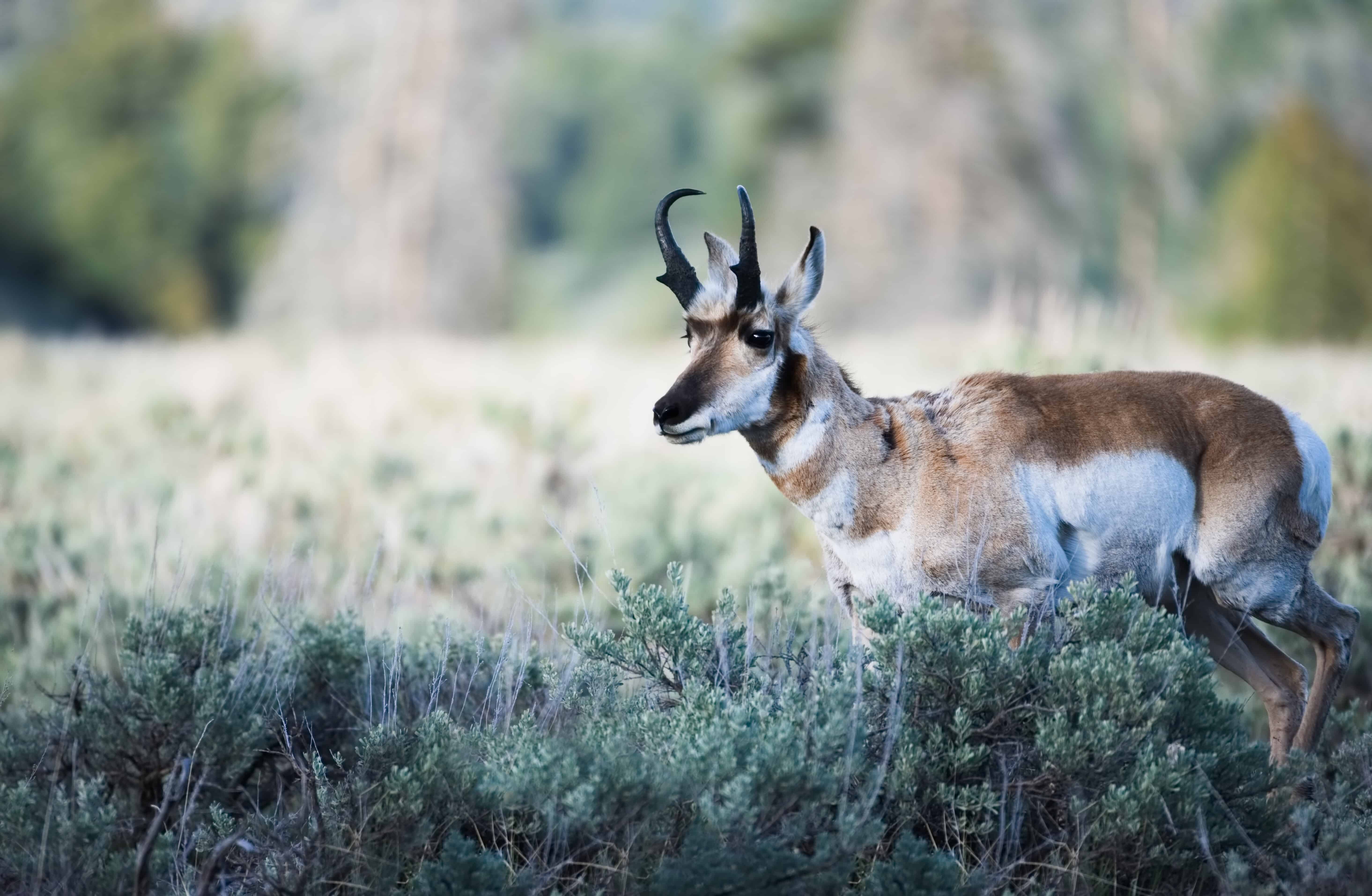
Health benefits of antelope
Like its deer and elk counterparts, antelope is a very lean red meat. One serving of cooked antelope offers roughly 25 grams of protein with just 2.3 grams of fat. That’s a great ratio if you ask me. Plus, bad cholesterol levels are extremely low, so you won’t have a lot of fat clogging up your bloodstream.
Antelope also offers plenty of fortifying nutrients like Iron, Riboflavin, Selenium, Zinc, Phosphorus, and Thiamine. Phosphorus is important because it promotes healthy teeth and bones, while Thiamine will keep you from contracting kidney diseases.
Cooking antelope
When it comes to cooking antelope, the thing to remember is that preparation is key. Debone your meat as soon as you can so the meat doesn’t spoil. Antelope sausage is one of the best options for your meat. If possible, try to find a processor that can turn your venison into some delicious sausage.
Also, remember that you don’t want to cook your antelope any more than medium-rate. If you have a meat thermometer, try to keep the internal temperature of your antelope around 135-degrees. If it goes much higher than that, you’ll wind up with dry and tough steaks.
Don’t forget to age your antelope, as it helps tenderize your meat. You can let it set out before or after you freeze your wild game meat, but at the very least, let it sit out for 30 minutes so it can come to room temperature before cooking.
Soak your antelope in saltwater, tomato juice, or milk before you cook it. This helps to eliminate some of the gamey taste associated with wild game meat. It doesn’t hurt that marinading the antelope meat can keep it juicy while adding a bit of flavor.
Duck
When it comes to wild game meat, duck is rarely at the top of someone’s list. Many say that’s because it doesn’t taste right, doesn’t have much flavor, and is stringy or gamey. My response is to ask the person how they’re preparing it. When it’s prepared the right way, duck can be a delicious, juicy, and tender meal.
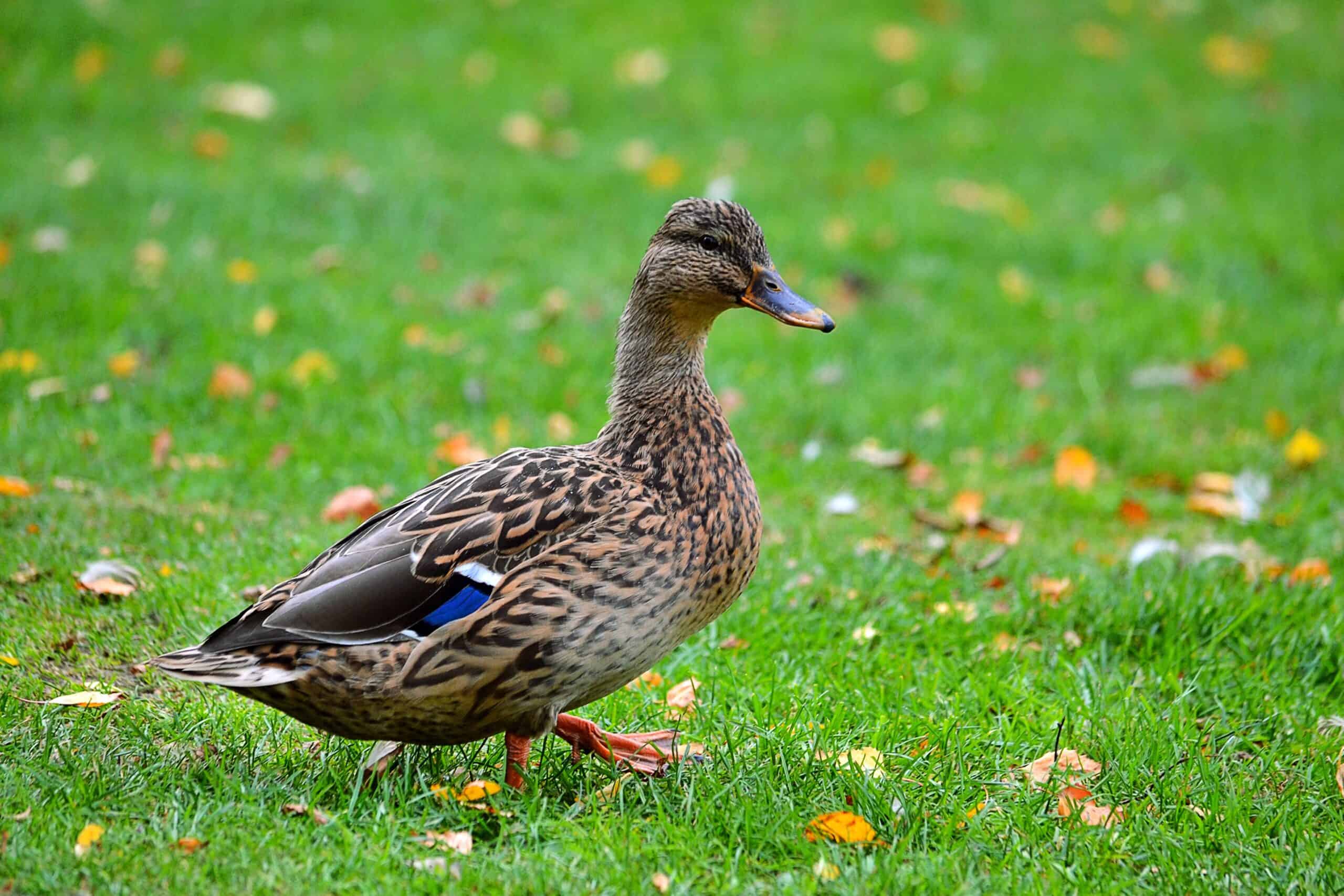
Health benefits of duck
Duck meat is a lot like chicken. When you take the skin off, most of the fat is removed, and you’re left with non-fatty, lean meat. Just 3.5 ounces of wild, raw duck has only 4 grams of fat. This is roughly the same as you’ll get from a skinless breast of chicken.
Like many other wild game types of meat on this list, duck is chock full of vitamins and nutrients. By comparison, a duck has two times the vitamin B12, three times the Riboflavin, and six times the Iron that chicken has to offer.
Additionally, duck offers high levels of Thiamine, Phosphorus, Niacin, Selenium, Copper, and Vitamin B6. Not too shabby for one of the least enjoyed wild game meats out there, huh?
Cooking duck
Unlike a lot of the other game meats on this list, you need to cook duck thoroughly. At the very least, it should be cooked until it is medium-rare. Anything else and your duck is likely to be rubbery and gamey.
If you cook your duck with the skin off, don’t add any fat to it. There’s plenty of natural fat within duck naturally, so if you’re pan-searing your met, the most you’ll need is a bit of oil to get the pan ready. However, if you decide to leave the skin on, be sure you cook it until it’s crispy. Otherwise, you might wind up with a piece of duck that tastes and feels like rubber.
When your duck is done cooking, set it out for a few minutes. This allows the meat to reabsorb and distribute the juices that may have seeped out while you were cooking it. One last method you can try with your duck is by keeping it in brine to enhance its flavor. Doing so adds some moisture to the meat. However, don’t let it sit for more than a day, otherwise, your duck will be very salty.
Rabbit
Some people have trouble eating rabbits because they’re considered “cute” and “adorable” by the general public. But if you don’t fall into this category, get ready for some good eatin’. For example, some people like to put their rabbit into a teriyaki stir fry, which is a delicious meal. If you can find some good recipes and prepare it right, rabbit makes a variety of tasty dishes.
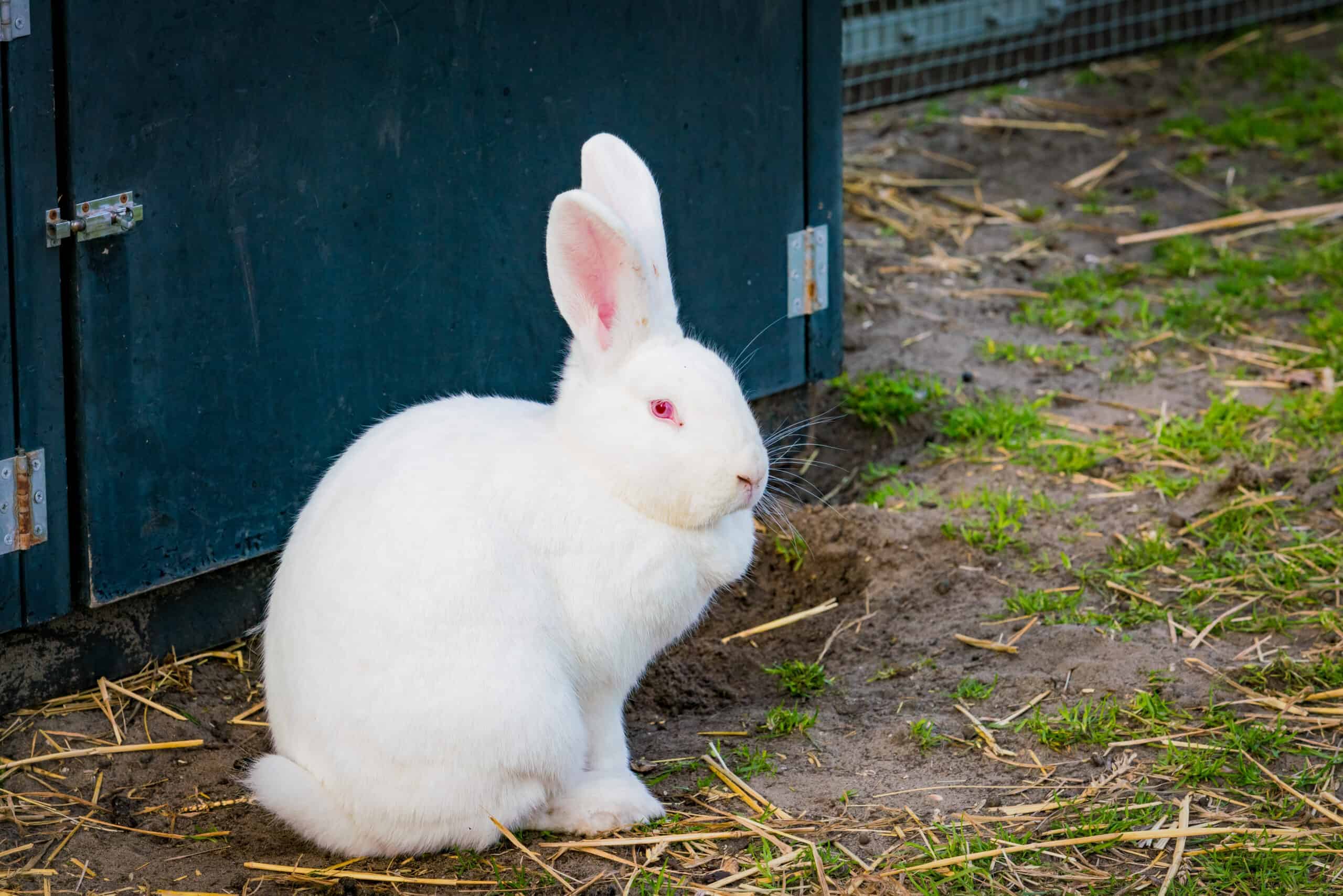
Health benefits of rabbit
One of the best things about rabbits is that they don’t have much fat (unless you’re keeping one as a pet). Like other wild game meat options, rabbit is plenty lean. There are only 33 grams of protein in one 3.5 ounce serving of this game meat. This is enough to take care of half your daily recommended amount and is higher than what most other meats, including chicken, have to offer.
Not only that, but Rabbit is chock-full of healthy vitamins and nutrients like Zinc, Selenium, vitamin B6, B12, Riboflavin, Niacin, and Phosphorus. A 3.5 ounce serving of rabbit satisfies your daily recommended amount of nearly all these nutrients.
Cooking rabbit
If you keep your rabbit in the fridge or the freezer, set it out and let it reach room temperature before you cook it. Doing so ensures that the meat gets thoroughly cooked, so you can easily sear both sides and lock in its delicious juices. You can roast or fry your rabbit, but some people recommend roasting older rabbits to help break down the tougher meat.
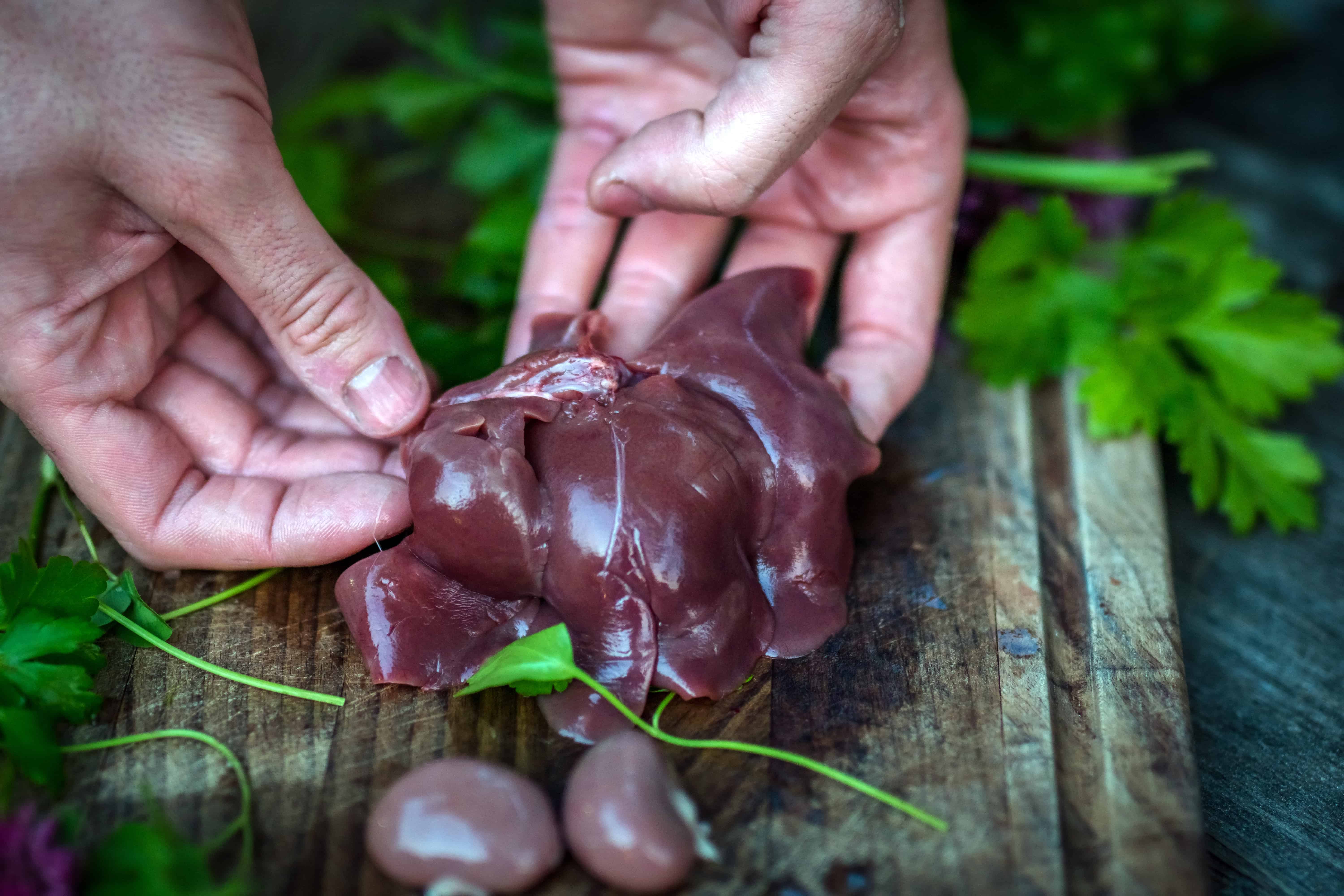
After you’ve cooked your rabbit, let it rest for a few minutes so it can reabsorb its juices so you have a nice tender piece of meat. Once the internal temperature of your rabbit gets to 160 degrees, you can remove it from heat. If you cook it much hotter than that, you could dry the meat out.
Since rabbit is one of the leanest meats you’ll find, it’s better if you roast it. By roasting your rabbit, you’re sealing in the moisture, which keeps it juicy and full of flavor. You can also add some lard or wrap the meat in bacon to give it additional juiciness. Some people like to use duck fat or olive oil to keep their rabbit meat nice and moist.
Pheasant
When I think of pheasants, I think of family hunting trips with my dad, uncles, and grandfather. Even though these beautiful birds are originally from China, they are now one of the most popular game birds in the Midwest. If you can get your hands on some pheasant, you can cook them in many different ways. I can’t say that I’ve had a bad meal consisting of pheasant.
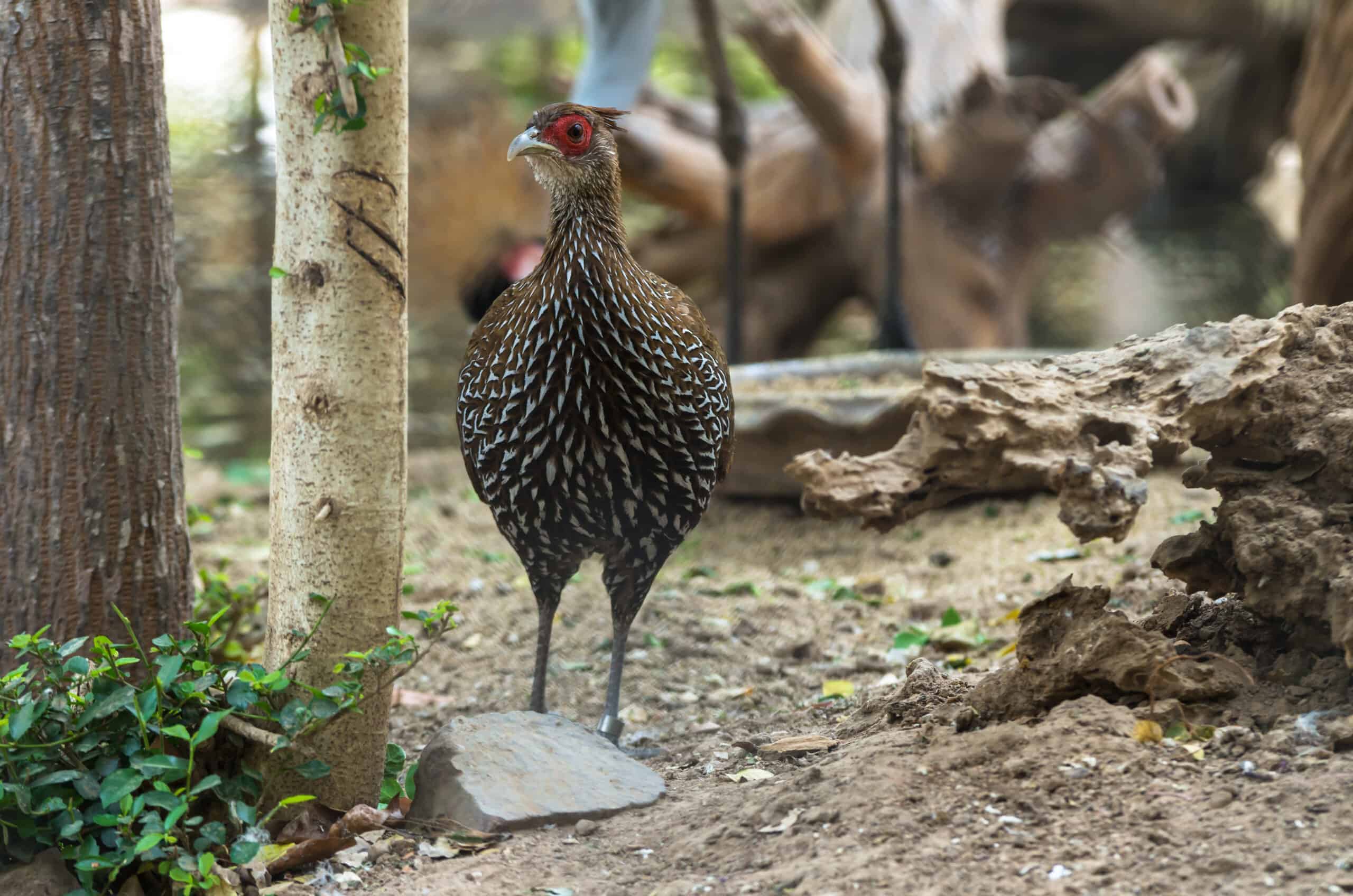
Health benefits of pheasant
Similar to chicken and duck, pheasant is low-fat and lean game meat. There are only 3.3 grams of fat in a 3.5 ounce serving of pheasant. This is actually less fat than you’ll find on a chicken breast. Plus, the same serving size of pheasant offers 25 grams of protein, which is roughly half your daily recommendation.
It also doesn’t hurt that pheasant only has half the sodium of a typical domestic chicken. There are roughly 33 milligrams of sodium in a pheasant breast. By comparison, the average chicken breast in your local grocery store may have as much as 440 milligrams. That’s a lot of sodium!
Pheasant offers plenty of vitamins and nutrients like B12, Thiamine, Potassium, Riboflavin, and Phosphorus. You’ll also find high levels of vitamin B6 and Niacin. Plus, pheasant also contains a large helping of vitamin C, which boosts your immune system while helping you absorb Iron. Not bad for such a small bird!
Cooking pheasant
You might be surprised to find that hanging or aging your pheasant actually improves the tenderness and the flavor of this game meat. It’s actually common practice for hunters to hand their birds. It means you don’t gut or pluck the bird after killing it. Just leave it hanging for a few days before you start cleaning it.
Like the duck, you can put your pheasant in a marinade or brine before you cook it. This helps the meat remain juicy while giving it some flavor. Whether you decide to roast or grill your pheasant, be sure and let it sit after it’s done. Five or ten minutes should be plenty of time for the juices to reabsorb into the meat.
Use lard with your pheasant. If you’re not familiar with the process, it’s simply adding fat to your wild game meat. This is done to keep your pheasant juicy and prevent it from drying out and becoming tough and stringy. Consistently baste it with or even better, wrap some bacon around it.
If you decide to roast your pheasant, make sure you use lower temperatures to prevent the bird from getting too dry. Some people like to use a bag to keep the moisture from escaping. This keeps the meat nice and juicy while you cook it.
One last thing to remember when cooking your bird is that you don’t want to score the skin if you decide to leave it on. Pheasants don’t have much fat, so you want to keep as much as you can. Give the skinless side a nice sear first, then flip the meat over so you can get the skin nice and crispy.
Turkey
Chances are good that if you’re reading this article, you’re fully aware that turkey is something available on days other than Thanksgiving. Of course, the ones you buy in the store and the wild ones taste a little different. That’s not to say wild turkey can’t be as tasty as the store-bought ones.
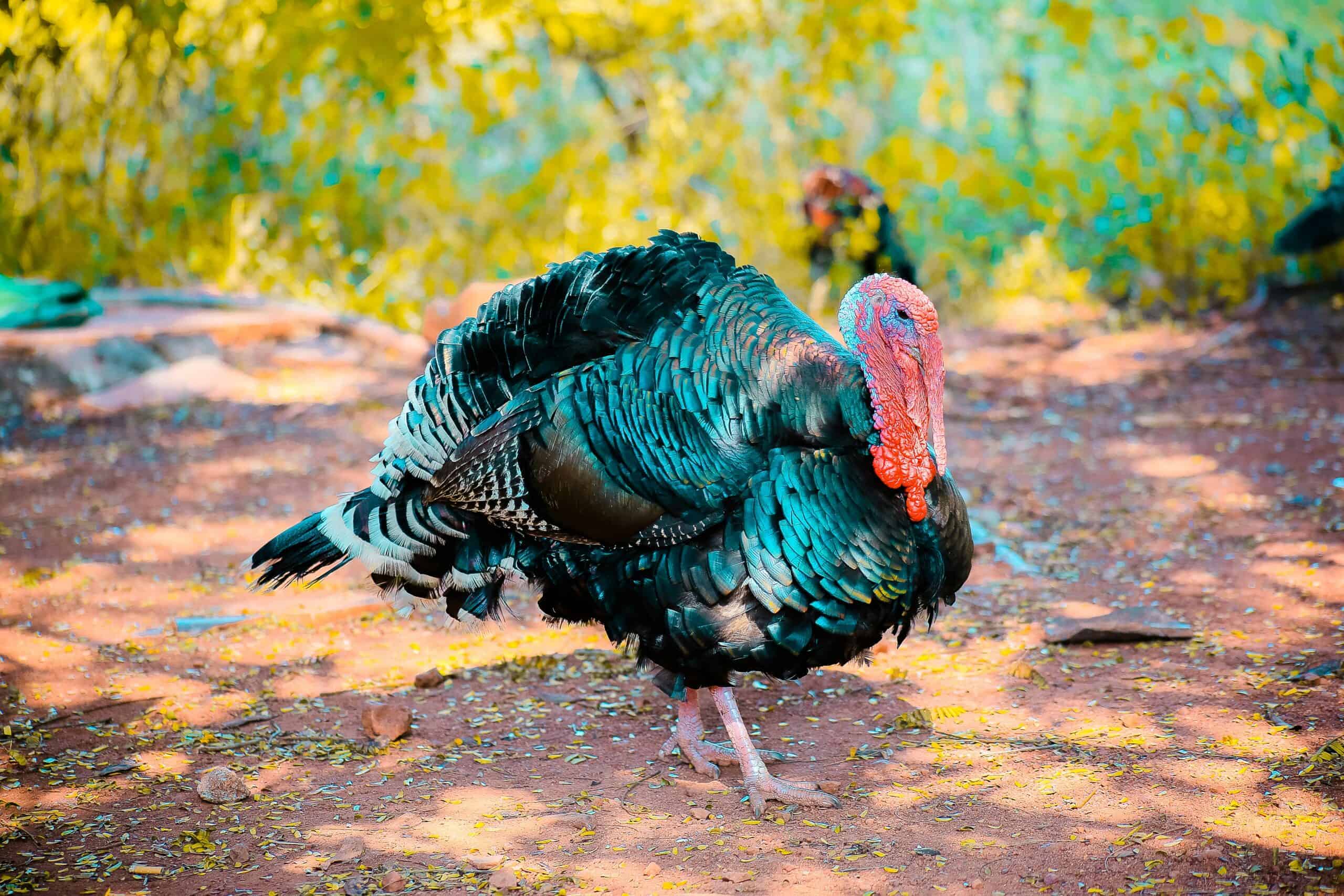
Health benefits of wild turkey
Like the other wild game meats on this list, turkey is a much leaner option than either beef or pork. For example, 3.5 ounces of wild turkey only has 1 gram of fat. That and the 25 grams of protein you get makes wild turkey a very healthy cut of meat.
Not only is wild turkey a great source of protein, but it’s also packed full of vitamins and nutrients. These include Zinc, Vitamin B, Niacin, Iron, and Selenium. For those not familiar with Selenium, it is believed to help with cognitive decline, cancer, and thyroid problems.
Last, but not least, wild turkey doesn’t have the high levels of sodium you usually find in processed turkey. Lower levels of sodium help your kidneys work effectively, reduces your risk of heart disease, and assists in lowering your blood pressure levels.
Cooking wild turkey
If you decide that you want your wild turkey cooked in the oven, be sure you’re basting it regularly. This prevents the turkey from drying out while it’s in the oven. Additionally, some people prefer the beer method, which involved placing the bird over a can of your alcoholic beverage of choice. As the oven warms up, the liquid evaporates into your turkey.
Some people prefer deep-frying their turkey over roasting it in the oven. With a deep fryer, you can be sure your bird stays moist and tender. Once the turkey gets to an internal temperature of 165 degrees, remove it from the heat. At that point, it’s cooked through well enough to prevent salmonella and other bird-borne illnesses.
When preparing turkey breasts, be sure you slice perpendicular to the grain. You’ll find that wild turkey is stringy, so slicing it against the grain breaks the meat down into more manageable pieces.
Don’t forget to bring your bird. You’ll want to get as much moisture as possible before you cook it. Use a mixture of water, sugar, salt, onion, and lemon juice, and let it sit for a day or two before throwing it in the oven. Doing so will give your turkey the juicy and flavor-filled taste you want.
Wild pig
Last on our list of wild game meat is the wild pig, which is one of the most accessible meats out there. These pigs are considered an invasive species in the United States, so if you’re a hunter, you’ll have plenty of opportunities to bring down one of these bad boys. If you succeed, you’re looking at a delicious meal packed full of protein.
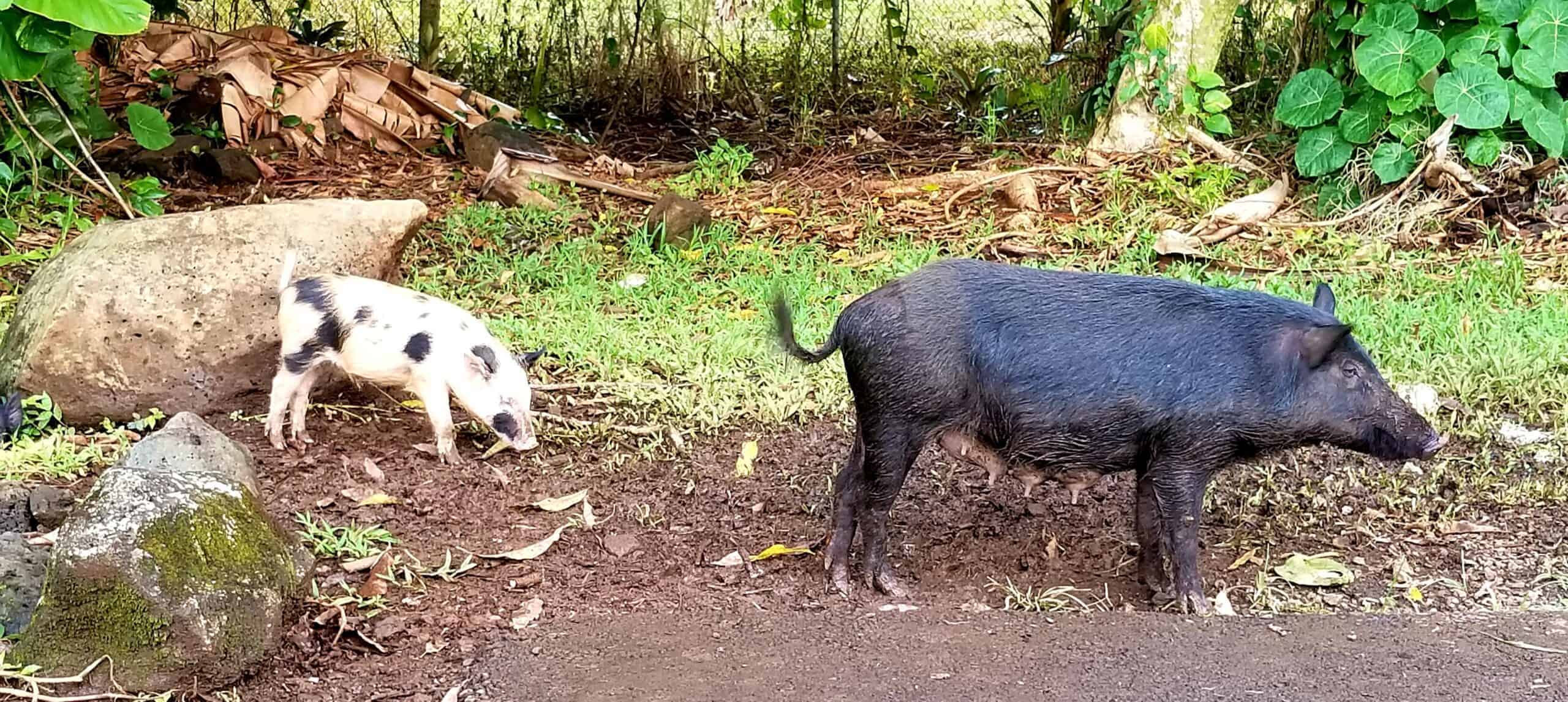
Health benefits of wild pig
I don’t know about you, but when I think of pig, I think of delicious hams and thick slices of bacon. Unfortunately, you’re not going to get any of those things with the wild pig as it contains less than 1/5th the amount of fat you’ll find in the pork you get from your local grocer. As a matter of fact, a 3.5-ounce server of wild pig has only 4.4 grams of fat. Chances are that’s much leaner than the bacon you had for breakfast.
Just like all the other animals on this list, a wild pig is a chock full of vitamins and nutrients. Zinc, Vitamin B, Niacin, Riboflavin, and Phosphorus are just a few of the health benefits you’ll get from wild pig. Plus, there are high levels of Thiamine, which is a nutrient that helps your body break down carbohydrates. It’s also key in heart, muscle, and nerve function.
Cooking wild pig
Getting your wild pig to taste delicious is all about preparation. The first thing you want to do is avoid rubbing the meat itself against the skin of the pig. Doing so may contaminate your meat. Also, try to keep from getting hair everywhere. It’s well-known that wild pigs are not very clean animals.
Once you’ve started cooking your wild pig, be sure to keep the temperature lower than you would with a piece of pork you get from the butcher. Slow and low will keep the meat juicy and tender. Do your best to remove the meat from heat once its internal temperature reaches 140 degrees. This will keep the pig from getting tough and drying out.
If you want to keep the meat really tender, soak it in a marinade for a few days before you cook it. This will help break down tough fibers and tissues while simultaneously tenderizing the meat. Some wines or pineapple juice are excellent marinades as they have the enzymes needed to break down these fibers and muscles.
Do not put your wild pig in the microwave under any circumstances. The meat is lean, so heating it up in the microwave is only going to make it tough and chewy. Some people prefer to keep the fat on while others prefer to remove it. Give both a try to find out which method works best for you.
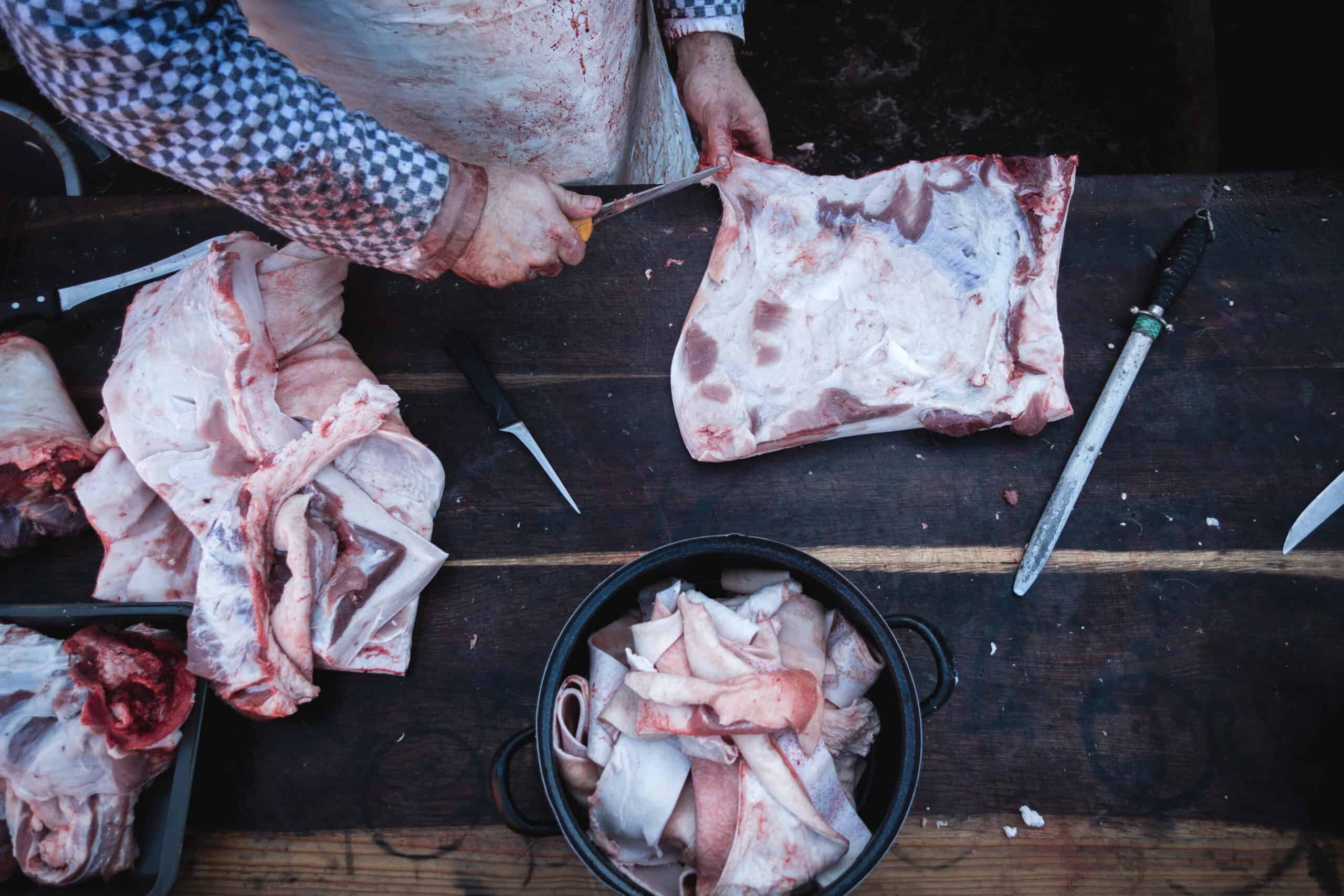
FAQs
Question: Is wild game meat better for you than beef?
Answer: Many consider wild game meat to be the ultimate in organic meats. The health benefits of these meats include lower levels of fat along with higher amounts of Zinc and Iron. Plus, wild game is almost always a better source of protein than its beef counterpart. It also doesn’t hurt that it’s usually cheaper than buying beef from your local butcher or grocery store.
Question: What animals are considered a wild game?
Answer: In North America, wild game meats include antelope, bear, bison, caribou, deer, pheasant, duck, snake, moose, elk, wild pig, wild turkey, squirrel, rabbit, and quail. However, many other animals can be considered wild game.
Question: Is venison or beef the healthier option?
Answer: With 50% less fat than beef, venison is a much healthier red meat option. It’s not only low in fat, but it’s also high in protein, which makes it great meat for anyone who wants to develop lean muscle. One large serving of venison has just 5 grams of fat and only 271 calories.
Question: Are there parasites in a wild game?
Answer: The short answer is yes, there may be parasites in wild game. This includes venison, wildfowl, bear meat, wild pig, or any other meat that doesn’t come from a farm or ranch. However, so long as you thoroughly and properly cook your wild game meat, you shouldn’t have anything to worry about.
Are you Wild About Wild Game Meat?
Whether you prefer rabbit, elk, or wild pig, cooking your wild game meat can be tasty. It’s a nutritious alternative, even if it can be challenging to prepare. These animals are high in protein and low in fat, so you’re making a healthy decision to eat food that is better for you overall.
If you decide to want to mix things up, you don’t have to necessarily try a different type of wild game. Try a different marinade or change up the ingredients in your brine. There are plenty of possibilities out there.
There are a lot of different types of game meat to taste. I’ve only listed a handful here. So what are you waiting for? Even if you don’t hunt, there are plenty of ways to get your hands on some wild game meat. Go on and give it a try!
Further Read:
